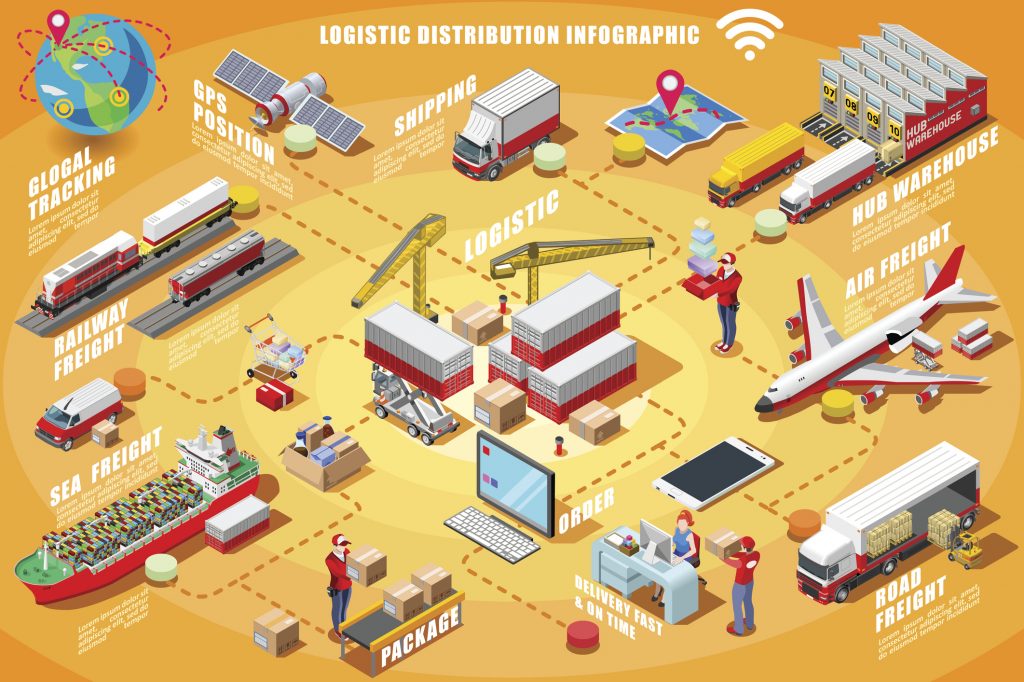
Grades 9-12

Don't have an account yet? Sign up for free
Don't have an account yet? Sign up for free


In addressing the compelling question “Is free trade worth the price?” students will work through a series of supporting questions, performance tasks, and sources in order to construct an argument with evidence and counterevidence from a variety of sources.
Nobel Prize–winning economist Milton Friedman once said, “There is a standard cliché which I am sure you have all heard, that if you have two economists in one room, you are bound to have at least three opinions.” Drawing on disciplinary experts who disagree on a fundamental free-market economic tenet, this inquiry asks students to investigate the dispute over free trade. By considering the arguments of professional economists who may use the same data but come to very different conclusions, students examine the “price” of free trade as it relates to the North American Free Trade Agreement (NAFTA). In understanding the arguments for and against free-trade policy in general and applying such concepts to existing policy more specifically, students can gain clarity about this age-old debate and become participants in a contemporary discussion involving international trade.
NOTE: This inquiry is expected to take five to seven 40-minute class periods. The inquiry time frame could expand if teachers think their students need additional instructional experiences (i.e., supporting questions, formative performance tasks, and featured sources). Teachers are encouraged to adapt the inquiries in order to meet the needs and interests of their particular students. Resources can also be modified as necessary to meet individualized education programs (IEPs) or Section 504 Plans for students with disabilities.
This inquiry was created by C3 Teachers and is also available on the C3 Teachers website. Source: “Free Trade Inquiry”, C3 Teachers , http://www.c3teachers.org/inquiries/free-trade/ , CC BY-NC-SA 4.0
Students’ arguments likely will vary, but could include any of the following:
See the Summative Performance task above.
Summative Performance Task Extension:
Students could extend the argument by holding a “fishbowl” debate in which students discuss the question “Should the United States continue NAFTA?”
Taking Informed Action:
Students have the opportunity to Take Informed Action by working as a class to research and understand the fair-trade movement and then assess the extent to which fair trade is present within the “glocal” community. Students can act by organizing a classroom forum that invites business and/or community leaders to discuss whether the country should engage in free trade, fair trade, or both.
Is free trade worth the price? Construct an argument (e.g., detailed outline, poster, essay) that addresses the compelling question using specific claims and relevant evidence with information from contemporary sources.

Grades 9-12

Content Partner
Grades 6-8, 9-12

Grades 9-12

Grades 9-12
